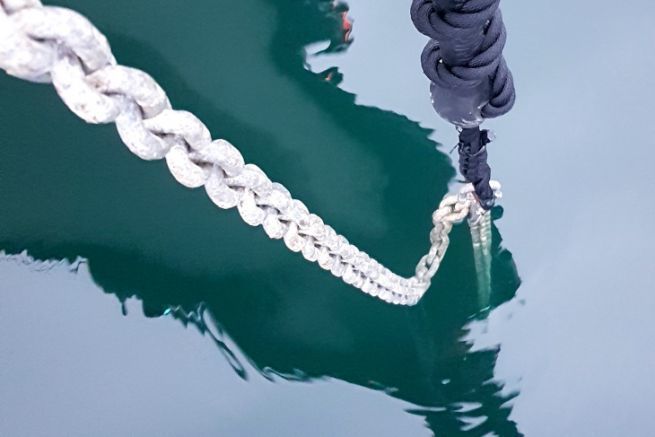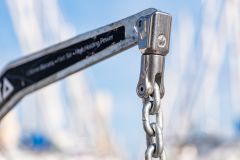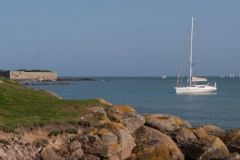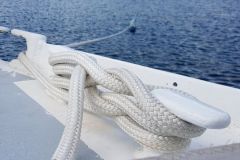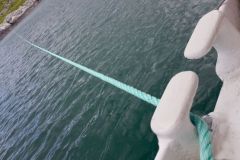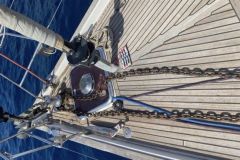What is a lead anchor?
We all know the rules for a good anchor: a good anchor, of course, but above all a heavy chain, long enough to ensure that the pulling force exerted on the anchor is horizontal or almost.
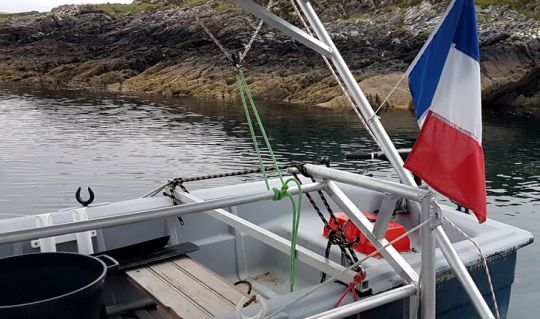
In lead sinkers, you have to forget about good manners. The weight of the secondary anchor that will be added must be bearable for the anchor to be handled with bare hands. The chain is small and 2 or 3 meters long. The cable is made with a light, floating mooring line. This technique consists of anchoring a secondary anchor directly from the boat, until it reaches the bottom. The mooring line is usually hit at the back.
When should I set a secondary lead anchor?
This practice should only be done in light weather, in a narrow anchorage with a steep bottom, if possible in the shape of a bowl. The main anchor is anchored close to the shore and its chain descends along the bottom, dragging the boat offshore.

The secondary anchor is sent to the deep area at the back of the boat. It prevents the boat from being driven into the shore. When the bottom is bowl-shaped, the lead sinker anchor hooks more quickly and is even more effective.
Lead probe anchor: procedure
Approach the boat as close to shore as possible and drop the main anchor. Send enough chain to move the boat away from the shore. Using the dinghy's motor, the inboard motor or a paddle, manage to position the boat facing the shore, without pulling (too much) on the main anchor chain.
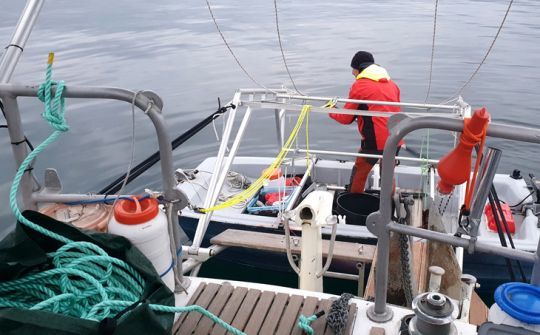
The secondary anchor must be set as described above. Position yourself at the stern of the boat and throw it by hand. When it touches the bottom, tie its line to a cleat.
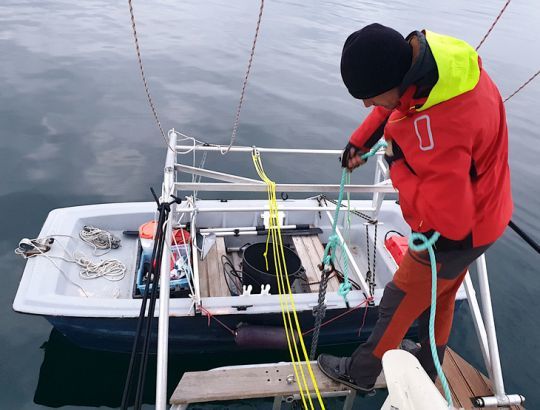
Quick and easy to recover
It's also good to be able to retrieve it easily, by hand. Before leaving, lift the secondary anchor before the main anchor. And it's done. We can see on its marinetraffic track that the turning radius of our sailboat was limited by its lead anchor.


 /
/ 